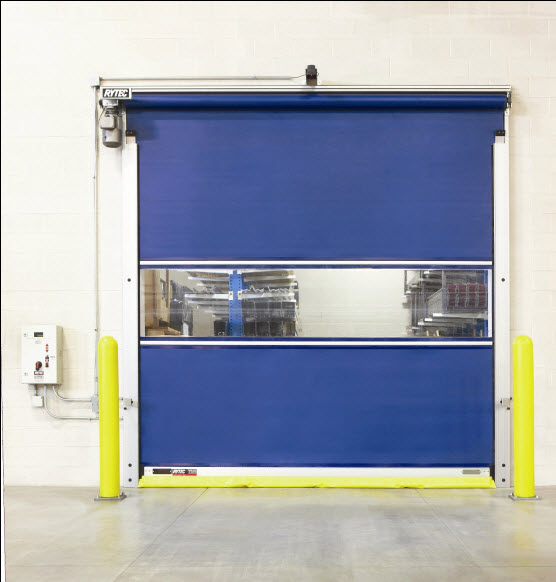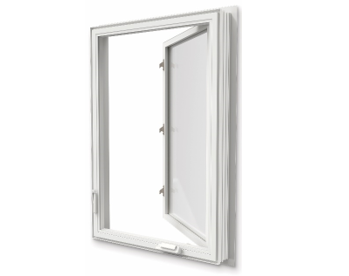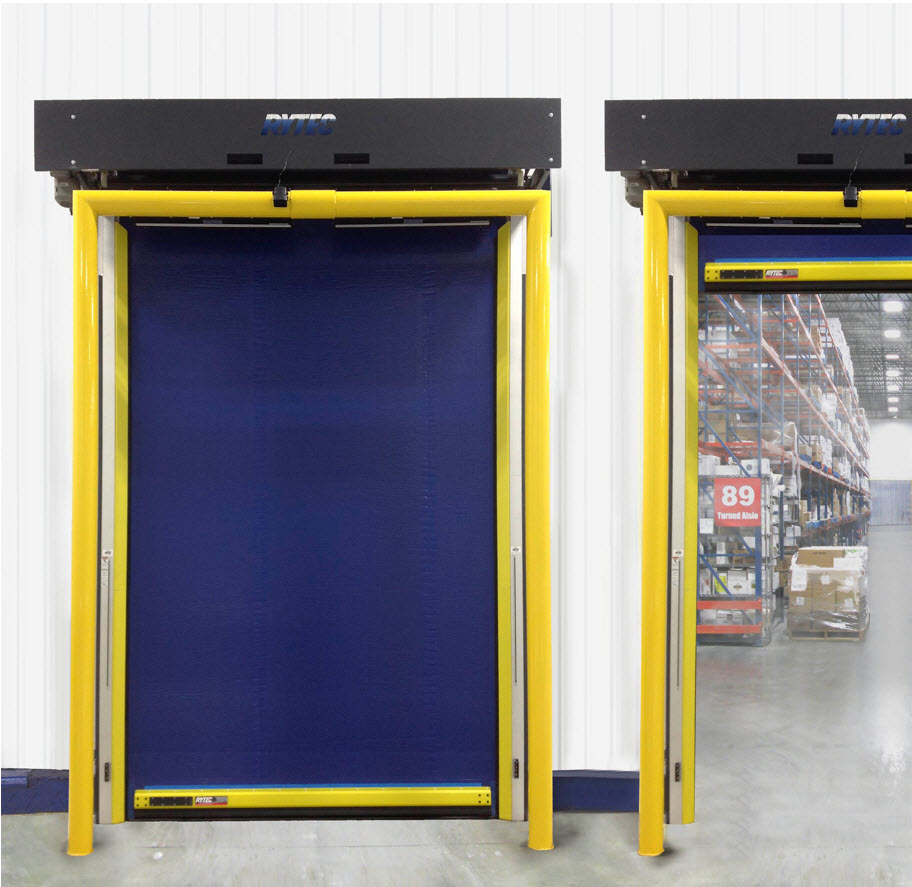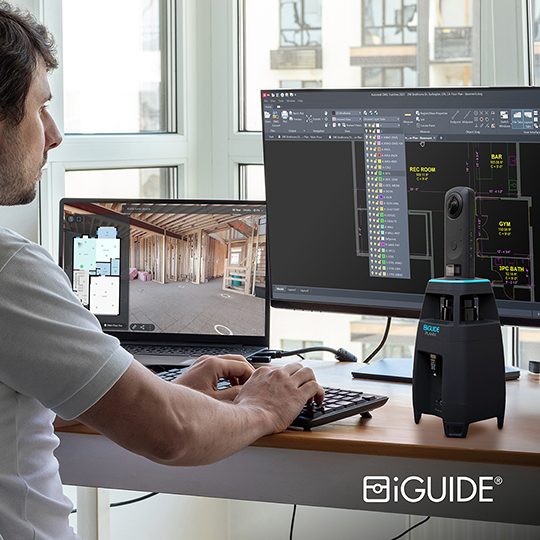Sustainable ceilings: Balancing acoustics and design
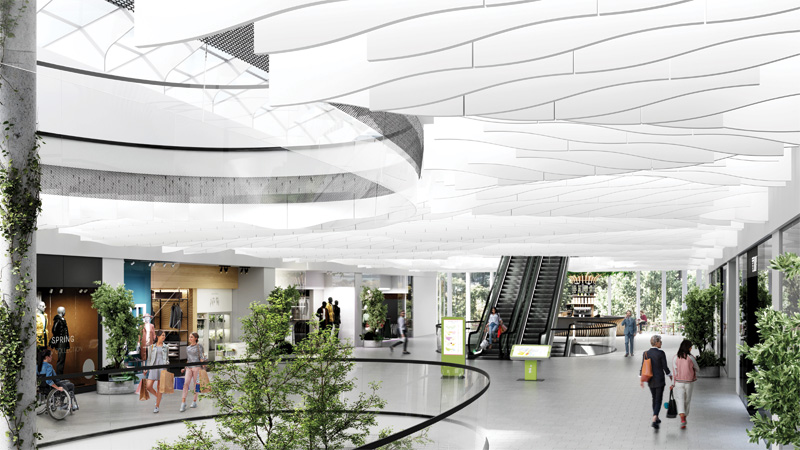
Designing new builds is more challenging than ever before. Project owners demand that architects and designers select more sustainable materials, whether a company is constructing a multifamily residential, commercial, or industrial building. When specifying ceiling tile and panel systems, those materials also need to meet the required acoustic performance goals and, in a perfect world, support the design vision simultaneously.
With a variety of options available for ceiling systems in the marketplace, how does one choose the right product? Two material types, in particular, can offer designers and architects significant benefits in terms of acoustical and sustainability requirements: metal and stone wool.
Design flexibility
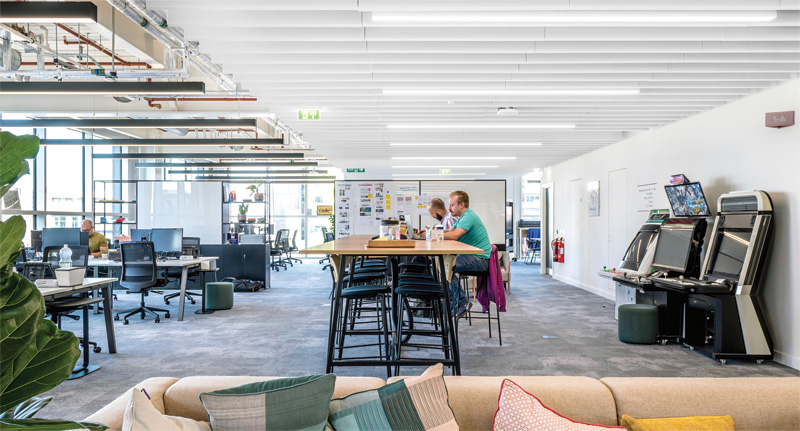
Metal offers performance, durability, and flexibility. Due to its properties, aluminum in particular, does not need additional treatments to resist high heat or high humidity in environments. Most options are also highly corrosion-resistant, increasing their longevity.
Another advantage of metal, which designers and specifiers sometimes overlook, is it can be modified to meet the acoustical requirements for a variety of buildings. Meeting these requirements is vital as it assists with managing noise control for factors such as privacy and speech intelligibility.
Select the right perforation pattern to enhance the acoustic performance in the building while also supporting design esthetics. They can be machined so building occupants cannot see them from about 1.5 to 3 m (5 to 10 ft) away. No matter the size of the perforations, these spaces allow sound to travel through the metal surface.
“The backs of the panels can be covered with an acoustical fabric, which offers two advantages. The fabric absorbs a portion of sound energy coming through the panels while, in the case of large perforations, making it so people cannot see through the panels,” says Gary Madaras, acoustic specialist at Rockfon. “If a building owner requires extremely high sound absorption, this requirement can be met by adding a fibrous pad backer on top of ceiling panels.”
“The addition of acoustical backers on metal ceiling panels offers upwards of a 0.95 noise reduction coefficient (NRC),” he adds.
Metal ceiling panels can also be installed with a combination of perforated and non-perforated panels if there are areas of a room where a designer prefers to have sound reverberate, such as near stages during conferences, where they might want a speaker’s voice to project further.
Another advantage of metal ceiling panels is that they can be manufactured in various finishes, offering designers and architects flexibility. For people looking for a wood finish, many metal panels are produced using a baked-on coating that gives the metal woodgrain design options. The benefits of adding wood or other natural materials to a space are well-known, including bringing the feeling of being outside indoors; those benefits can also be achieved using a wood-like metal product that is more durable and less vulnerable to humidity.
Metal ceiling products are offered in snap-in, lay-in, torsion spring, and hook-on options. All use grid-based suspension systems, making installation straightforward for builders, who are typically accustomed to using these types of systems to install ceiling tiles, panels, and planks.

Stone wool for sustainability
More architects and designers are raising the bar, demanding product transparency and easy access to information to meet sustainability targets. Stone wool ceilings feature high sound absorption, fire resistance, humidity resistance, durability, and low environmental impact.
“We take one of the Earth’s most abundant bedrocks, basalt, and perfect it. There is no need for added antimicrobials or fire-retardants because the source material has inherent fire and humidity-resistant properties. Stone wool ceiling tiles are a great choice for creating a healthy and safe indoor environment as it does not support the growth of mould, fungi, or bacteria,” explains Nadia Tagashova, senior product manager for stone wool portfolio at Rockfon.
“Stone wool is a very efficient absorber compared to other material selections that are not necessarily fibrous,” Madaras explains. “It is the fibres and structure of stone wool that make it a very efficient sound absorber over other material choices. For example, stone wool ceiling panels typically have high NRC ratings between 0.80 and 0.95, even at standard ceiling panel thicknesses of 5/8, 3/4, and 1 in. [15.8, 19, and 25.4 mm] allowing to absorb more sound.”
Another key advantage of stone wool is its highlighted ability to be endlessly recycled. It does not degrade over time and has a 30-year warranty, allowing it to be recycled repeatedly without compromising product quality.
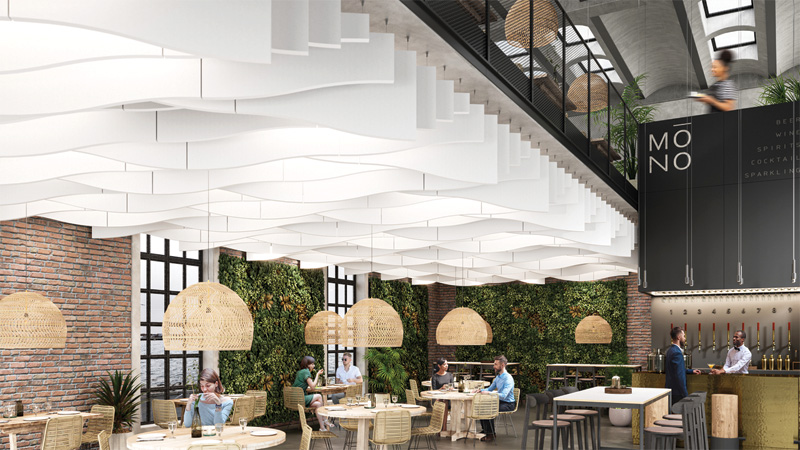
Safety education
Meeting the acoustical requirements of a building has always been considered a health and safety factor.
“Acoustics affect health, safety, and welfare,” says Madaras. “Noise leads to stress, increased blood pressure, muscle tension, and voice fatigue, making it a crucial aspect of indoor environmental quality.”
The American Institute of Architects (AIA) uses continuing education credits to educate and standardize acoustic performance to enhance the well-being of building occupants. A study in the Iranian Journal of Public Health also highlights the effects of noise on workers.
Ensuring a building has the optimal acoustics can be vital in some applications for the health and safety of building occupants. One example is in a hospital environment. Hospitals rely on optimal acoustics to protect patient privacy, enhance speech clarity (especially in crises or emergencies), and support seamless communication among employees in various spaces.
“In health care, alarm fatigue impacts clinical staff. Nurses on long shifts face constant medical alarms, and without proper acoustics, they struggle to localize them, risking the wrong direction in response. In emergencies, clear audio instructions can be a matter of life or death,” Madaras explains.
Properly designed acoustics are important for safety in environments where safety is key. Poor acoustics may hinder the understanding of critical messages, affecting immediate safety responses.
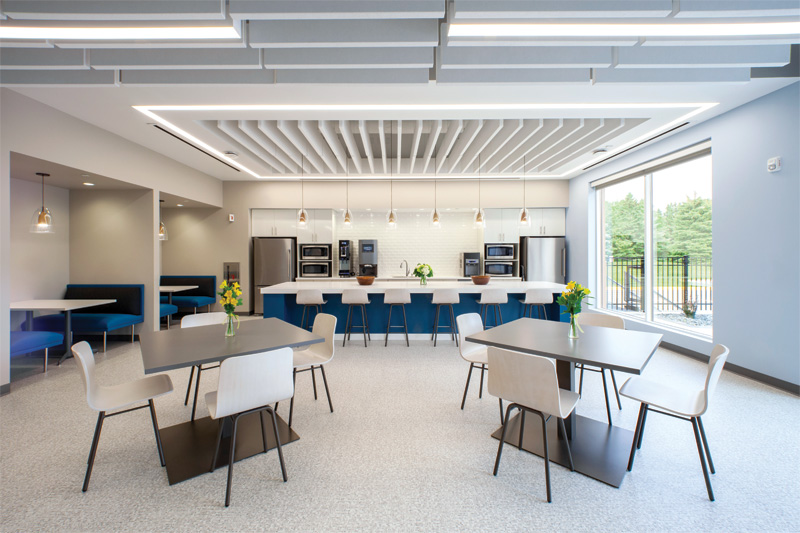
Greater design flexibility to meet esthetic vision
In the not-so-distant past, architects’ and interior designers’ visions for a building’s interior dictated the type of material to be specified. Thanks to evolving technologies and applications, this is no longer the case.
Over the decades, manufacturers have developed perforated metals that look like wood and perforated metals that can be
solid, clean white panels. Now, the visual esthetic no longer necessarily determines the acoustic performance.
Architects and designers can experience the best of both worlds: performance and esthetics. Products available in a variety of forms, shapes, colours, and finishes can widen design possibilities and help achieve a designer’s vision and performance goals.
Certifying sustainability
Architects today are redefining what it means to create a lasting impact. By using industry-recognized certifications and standards, professionals can ensure their projects have low embodied carbon, are resource-conscious, and are healthy for occupants. When designers and architects specify building products for projects, they must seek as much information as possible about each product, ensuring that third-party certifications validate any sustainability claims.
Highlighting specific, measurable, and science-backed benefits is a best practice that promotes transparency, builds trust, and strengthens sustainability claims. Product certifications relevant to stone wool ceiling tiles include GREENGUARD Gold Certification, which tests for volatile organic compounds (VOCs). All stone wool ceiling tiles achieve this credential. The industry relies on environmental product declarations (EPDs) to understand the overall impact of a product on the environment over its entire life-cycle, from extraction to disposal. Both health product declarations (HPDs), administered by the HPD Collaborative, and Declare Labels, administered by the Living Future, are essential tools for architects and designers who want to focus on material health and transparency.
Various third-party building standards address each of these product certifications, including LEED, WELL, and the Living Building Challenge. LEED v4.1 is a holistic certification focusing on reducing a building’s environmental footprint across categories such as energy efficiency and water while encouraging the use of materials with third-party certifications. LEED is administered through the United States Green Building Council (USGBC) and Canada Green Building Council (CAGBC) in Canada.
Other certifications, such as WELL v2, focus on the impact of buildings on people in concepts such as air, materials, and sound. The Living Building Challenge v4.1 emphasizes human and environmental health through its energy, water, and materials petals while incorporating beauty and equity.
Third-party building standards such as these set the benchmark for sustainability targets. Stone wool can achieve optimal acoustics while maintaining low embodied carbon impacts, and it has published transparency labels with HPD and Declare.
Ultimately, selecting a sustainable and durable product is the cornerstone of achieving performance goals. It is more than a choice; it is a commitment to longevity, efficiency, and building better.
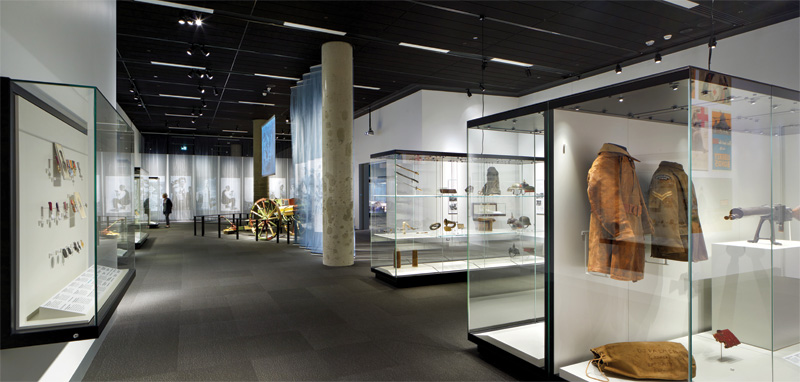
Royal Alberta Museum
Located in downtown Edmonton’s Arts and Entertainment District, the Royal Alberta Museum (RAM) is one of the largest in western Canada. Greeting approximately 400,000 visitors annually, the RAM’s 38,926-m2 (419,000-sf) building houses 2.5 million items in its collection, as featured in more than 7,618 m2 (82,000 sf) of exhibits on human and natural history.
Reflecting its focus on people and the environment, the fully accessible museum earned LEED Gold certification through the Canada Green Building Council (CAGBC). DIALOG Design with Ledcor Design-Build, museum planning consultant Lundholm Associates, and acoustical engineers FFA Consultants designed the RAM’s interior walls and ceilings. Baytek Interiors provided design-assist services on the RAM’s interior walls and ceilings.
To meet the project’s numerous esthetic, performance, and sustainability goals, Baytek recommended multiple ceiling systems, including acoustic stone wool and metal ceiling panels, suspension systems, and perimeter trim. In addition to enhancing the RAM’s visual experience with various esthetics and levels of light reflectance depending on the space, these products optimize the acoustics within the museum and contribute to ideal environmental conditions, helping the project meet LEED criteria.
The selected products were used to achieve multiple design goals depending on the needs of the museum spaces. Acoustic stone wool and metal ceiling panels showcase a modern appearance that complements the museum’s design without distracting from its exhibitions.
The design has an engaging sense of place and responds to the architecture and spirit of Edmonton and Alberta. It features a continuous narrative, a dialogue between inside and out, between the city, the building, and nature.
The Royal Alberta Museum is bright, warm and welcoming, inviting visitors to come in and discover Alberta in a dynamic new way.
The selected products were used to achieve multiple design goals depending on the needs of the museum spaces. Acoustic stone wool and metal ceiling panels showcase a modern appearance that complements the museum’s design without distracting from its exhibitions.
Author
Rachel Berkin is the senior sustainability manager at Rockfon, where she spearheads the integration and execution of sustainability initiatives. Her focus is on healthy materials, carbon management, and performance optimization for stone wool and metal ceilings. With years of experience in the manufacturing sector, she is dedicated to advancing sustainable practices, serving as the Mindful Materials manufacturing engagement group chair. Berkin holds a master’s degree in environmental policy and sustainability management.



